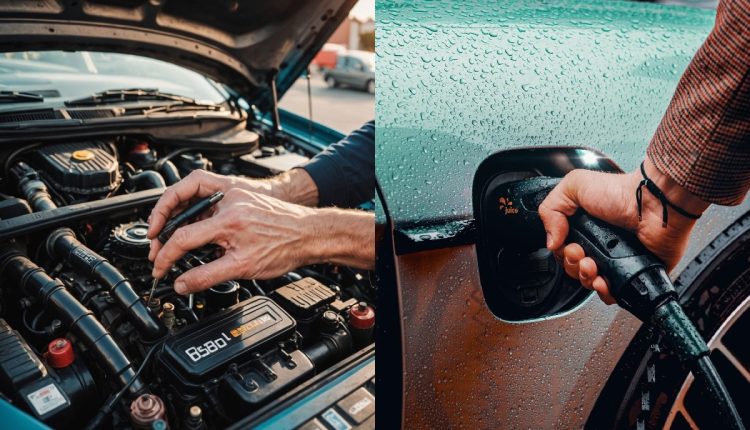How Local Startups Are Powering the EV Boom
by Aditya Kandasamy, Engineering Student & Automobile Enthusiast.
How Local Startups Are Powering the EV Boom
When Ather Energy’s first prototype rolled out of a small garage in Bengaluru back in 2013, few believed it would lead a national movement. Fast forward to 2025 — India’s EV story isn’t being written in boardrooms; it’s being built in small labs, co-working spaces, and homegrown factories by passionate startup founders chasing big dreams.
The New Electric Dreamers
Take Tarun Mehta and Swapnil Jain, the IIT Madras graduates who founded Ather Energy. They started with a vision to make electric scooters that weren’t dull or slow — but cool. Today, Ather’s Hosur plant is among the most advanced EV facilities in Asia, producing sleek scooters that have become symbols of smart urban commuting.
Then came Ola Electric, which took things to another level — building its massive FutureFactory in Tamil Nadu, designed to roll out over a million scooters a year. Their success proved that Indian startups could think and execute at global scale.
Beyond the Big Names
Beyond these giants, a wave of smaller startups is quietly shaping the EV ecosystem. Bengaluru’s Ultraviolette Automotive is pushing the boundaries of electric performance bikes, while Simple Energy focuses on practical, long-range scooters tailored to Indian roads.
In Pune, Tork Motors — one of India’s earliest electric motorcycle pioneers — is finally seeing its decade-long persistence pay off as the market matures.
And then there’s Oben Electric, developing affordable EVs for daily commuters, and PMV Electric, a Mumbai-based firm creating ultra-compact two-seater electric cars designed for India’s crowded streets.
Each startup is tackling a different problem — range, affordability, design, or charging — but all share one goal: to make electric mobility truly Indian.
The Battery Battleground
Perhaps the most exciting work is happening in battery technology. Bengaluru’s Log9 Materials has developed lithium-titanate cells that can charge in under 15 minutes. ION Energy and Exide Energy Solutions are investing in safer, longer-lasting battery packs made from locally sourced materials.
These innovations are crucial — not just for performance, but also for reducing dependency on imported cells from China and South Korea.
Government and Investor Tailwinds
The Indian government’s FAME II policy and Production-Linked Incentive (PLI) scheme for advanced chemistry cells have given startups both confidence and capital. Global investors, too, are pouring money into India’s EV space, seeing it as the next big frontier after smartphones.
Built in India, for India
What makes this wave so unique is that it’s homegrown. These aren’t copy-paste solutions from the West — they’re innovations tailored to Indian realities: high heat, potholes, erratic power supply, and affordability constraints.
From using locally sourced components to training technicians in small towns, startups are building not just vehicles, but entire ecosystems.
The Future Is Electric — and Indian
India’s EV revolution is no longer a distant dream. It’s happening now — powered by engineers, entrepreneurs, and dreamers who believe that clean mobility doesn’t have to come from abroad.
As Ultraviolette’s co-founder Narayan Subramaniam once said, “We’re not just building bikes — we’re building belief.”
That belief — that India can innovate, manufacture, and lead — is what’s truly driving the EV boom forward. And if the silent hum of electric motors across our cities is any sign, this is only the beginning.


Comments are closed.